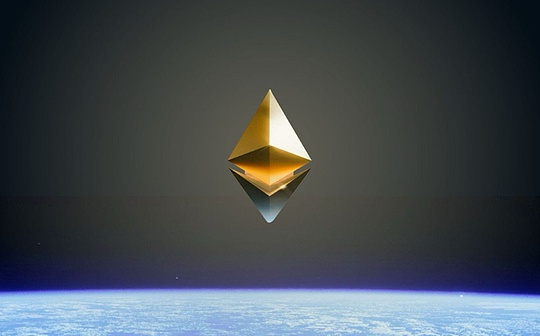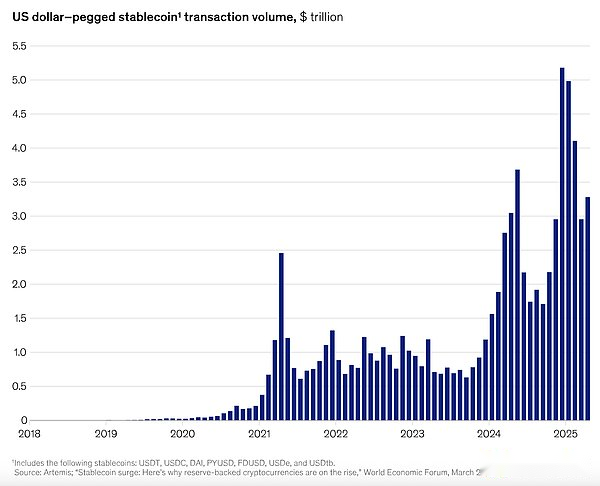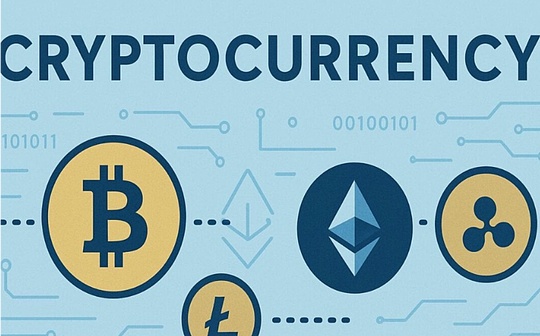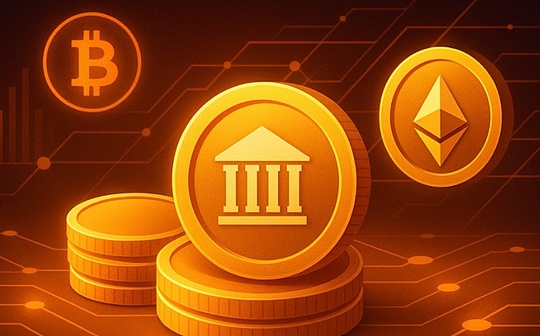
Author: Maja Vujinovic, compiled by: Shaw bitchain vision
For the first time I realized the power of programmable currencies, not on Wall Street or Silicon Valley, but on the streets of Lagos and St. Paul.I have lived on five continents, worked in mobile payments, and have witnessed first-hand how fragile currencies and unreliable banking infrastructure force people to find a different approach.Later, with the acquisition of the first bank and working with JPMorgan and General Electric to conduct an early pilot of corporate blockchains, I became increasingly clear that the stable and programmable value would not only complement the existing financial system, but would eventually completely rewrite it.
This rewrite work is underway.Experiments that once seemed to be fringe are now becoming the basis of the new financial system.The stablecoin market has reached US$260 billion.The tokenization process of Treasury bonds, stocks and real estate is accelerating.Ethereum, once regarded as an uncontrollable developer playground, is now becoming the invisible settlement layer behind open networks and enterprise finance experiments.

Stablecoin as the first proof of concept
Stablecoins most clearly show that tokenization is not hype.For hundreds of millions of people, especially in countries that are dealing with inflation and capital controls, a dollar-backed stablecoin is not speculation, but a way to survive.In Argentina, Nigeria and Türkiye, people use USDC and USDT to avoid the collapse of their own currencies.In fact, this makes stablecoins a reserve asset in the Internet age, something regulators in Washington and Brussels often overlook when viewing it as a narrow compliance challenge.
This geopolitical asymmetry is important.Developed countries are still arguing about risks, while the rest of the world is adopting stablecoins as de facto infrastructure.And because stablecoins flow most smoothly on Ethereum’s network (Ethereum accounts for more than 50% of supply and more than 60% of transaction volume), every new user will enhance the gravity of the Ethereum ecosystem.
Tokenization beyond buzzwords
The next wave is much more than the digital dollar.The recently released 168-page strategic report by the White House estimates that more than $600 billion in assets will be tokenized by 2030 — but this figure looks almost trivial given the size of the global market: $120 trillion in real estate, $100 trillion in stocks, $13 trillion in Treasury bonds, $12 trillion in gold.
I saw the development trend of tokenization a few years ago.When platforms like tZERO and later Securities were launched, I suggested they raise money because it would take ten years to truly scale.And now, this moment has finally arrived.
Skeptics point out that tokenization is not something new, and that’s right.We have witnessed the failure of some attempts to tokenize art and securities.But now things have changed fundamentally: infrastructure has matured.Custodians like Anchorage, platforms like Security, and a strong decentralized finance (DeFi) ecosystem are now available, making tokenized assets practical.Tokenized Treasury bonds are no longer just a digital packaging, they are also collateral that can be transferred instantly, incorporated into automated liquidity strategies or powered by programmable payments.
This is the real situation: tokenization transforms assets from static store of value to dynamic code snippets.Once capital can be programmed, a brand new financial behavior will emerge.Today, Ethereum has carried 90% of tokenized assets.

Ethereum as settlement standard
This is why Ethereum is important.It is more than just a blockchain; it is the programmable settlement infrastructure of this financial Internet.Without permission, censorship resistance, and has become home to most tokenization activities, Ethereum provides the basic layer for these new assets to actually interact.
This trend is obvious.Even licensed enterprise-class blockchains, from JPMorgan’s Onyx to new attempts from fintech giants, continue to return to Ethereum’s design.Ethereum virtual machines (EVMs) have become the common language for programmable finance, just as Microsoft Excel once became Wall Street’s default operating system.Excel once created a common syntax for spreadsheets, and now EVM is doing the same for ledgers: creating a common value syntax.
Corpo-L1s and EVM Empire
The latest participants proved this.Circle launched Arc, a licensed L1 designed for stablecoin finance, operated by a alliance of 20 institutional validators.Stripe is building Tempo, likely using Paradigm’s RETH client, aiming to provide backend settlement for its vast ecosystem of developers.
At first glance, these look like boring databases, intranets of corporate in the guise of marketing.But history shows that this is not the case.Companies that use EVM-compatible architectures are actually reconnecting themselves to the Ethereum ecosystem.Even though Arc and Tempo have not issued tokens yet, the gravity of the incentive mechanism is almost certain that they will eventually do so.And once it is issued, developers and liquidity gather in them—but it is always Ethereum as the benchmark for settlement.
This is an overlooked feedback loop: every enterprise-level L1 chain (Corpo-L1), even the license chain, is expanding the territory of the EVM empire.Just as Excel has become indispensable in the financial field, Solidity developers have become a must for any financial institution that wants to remain competitive.In the long run, the accumulated value is not attributed to the enterprise chain itself, but to the underlying infrastructure they cannot avoid – Ethereum.
Geopolitical level
From a global perspective, the rise of programmable assets is more of a manifestation of power than an embodiment of efficiency.Even though many countries are seeking to solve trade problems in alternative ways, stablecoins continue the hegemony of the dollar.The EU is discussing “digital sovereignty”.
In this context, Ethereum is more than just a blockchain.It is a neutral public product, a space where all forces—country, enterprises and individuals—seek influence.Just as the maritime routes once determined geopolitical forces, the programmable settlement layer will define a new era of globalization.
Opportunities and blind spots
The real opportunity lies not only in guessing which assets will be tokenized, but also in recognizing the shift in logic: capital itself becomes programmable.This means Treasury bonds can double as collateral, stocks can be embedded in governance, real estate can directly provide rental income to token holders, and AI agents can manage portfolios in real time.
The blind spot is that people think these changes can be confined to old regulatory and institutional frameworks.it’s out of the question.Once assets flow like information, the center of gravity shifts to networks that can settle them the fastest, safest and most transparently.Now, this is Ethereum and its expansion plan.
in conclusion
After emerging economies witnessed the rise of mobile currencies, assisted Tether in 2013, and implemented the first blockchain pilot projects with Fortune 50 companies, I saw the same model repeating itself worldwide.Stablecoins have become a system parallel to the US dollar.Tokenization is not just a marketing method, but also a process of capital conversion into programmable.Through the quiet expansion of EVM, Ethereum is embedding itself into the operating system of programmable finance.
Wall Street may not have realized it, but it has been deeply involved in hiring EVM developers and building private chains.Just as no bank can ignore Excel, no financial institution can ignore EVM.And the shift from paper to programmable is not in billions, but in trillions of dollars.






